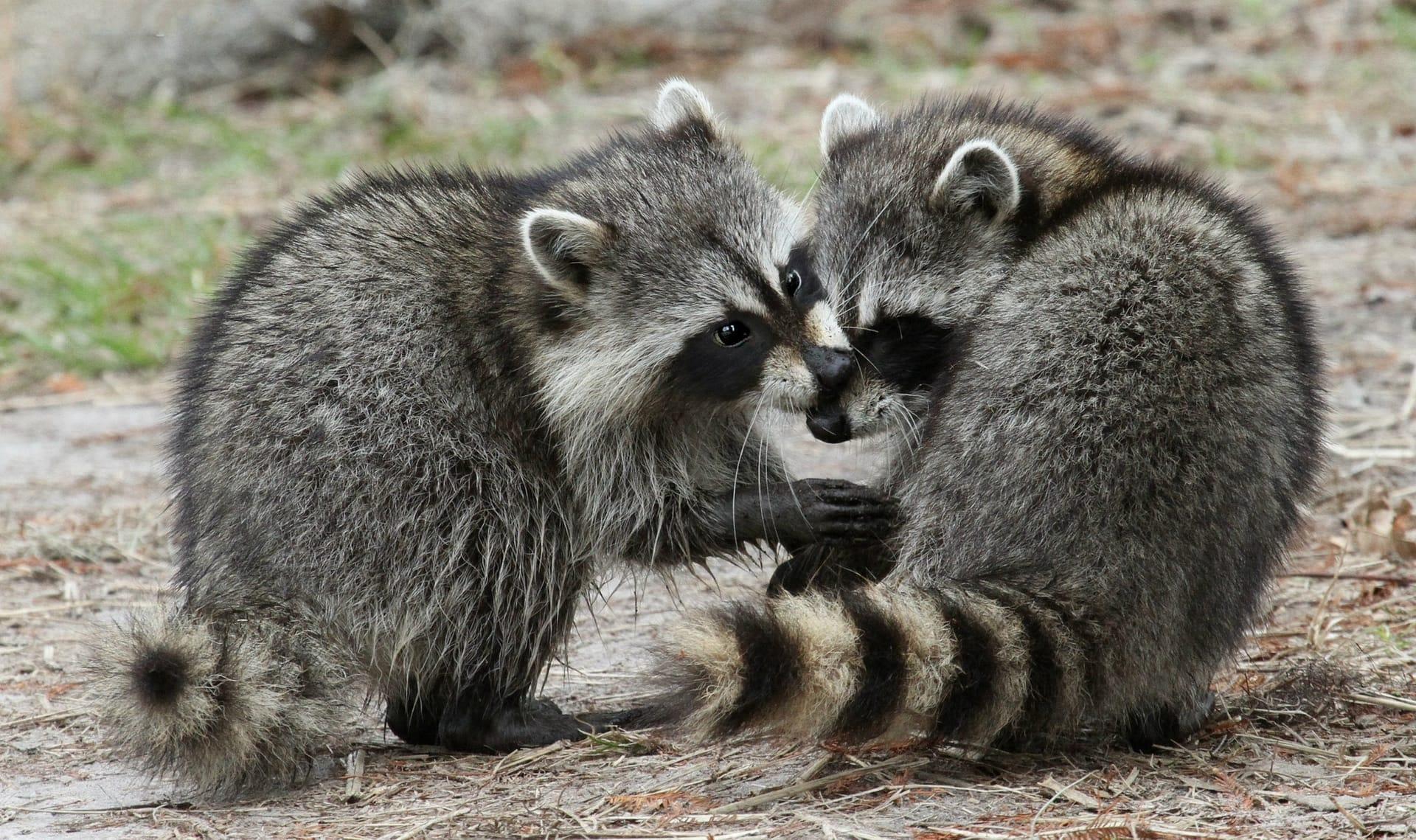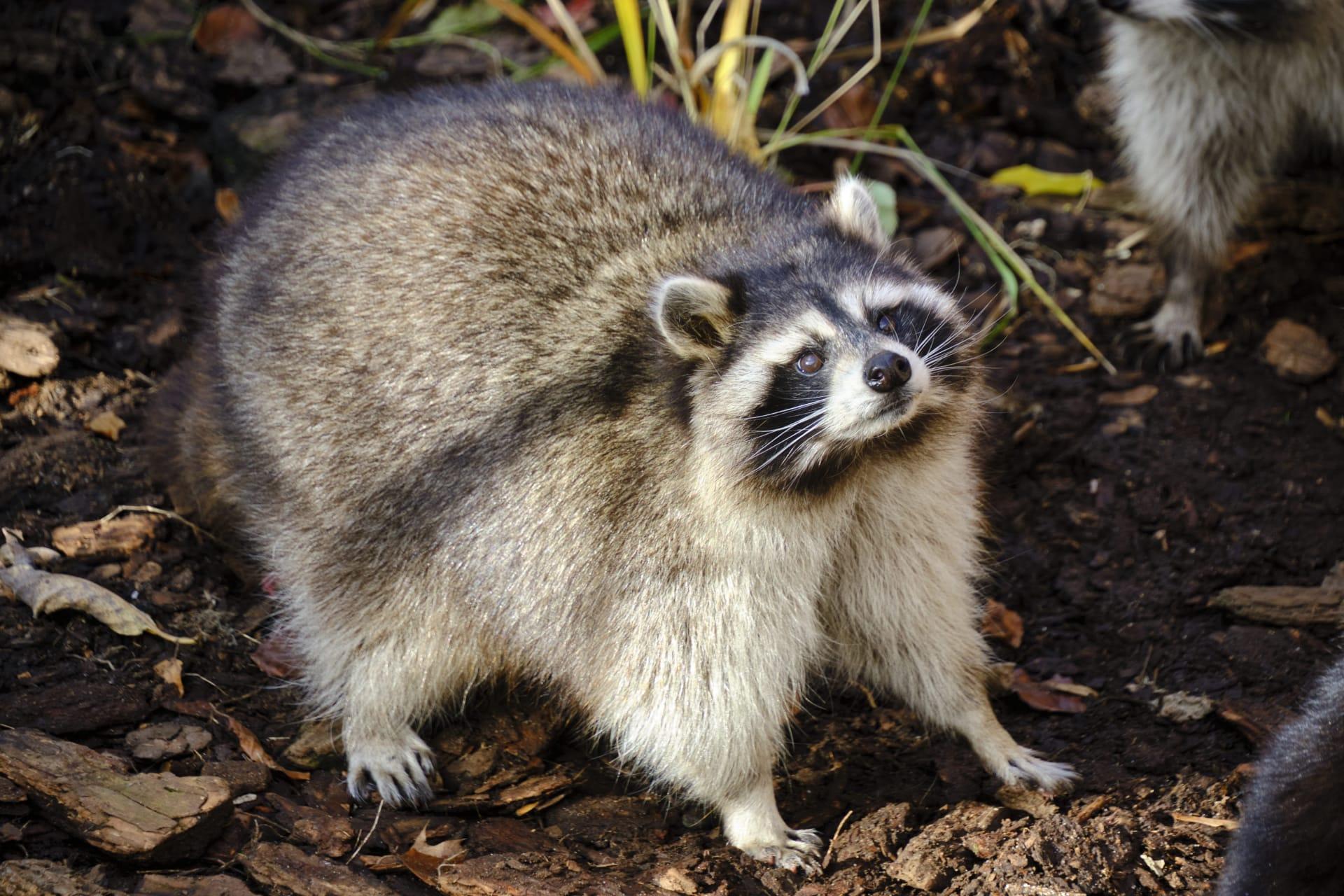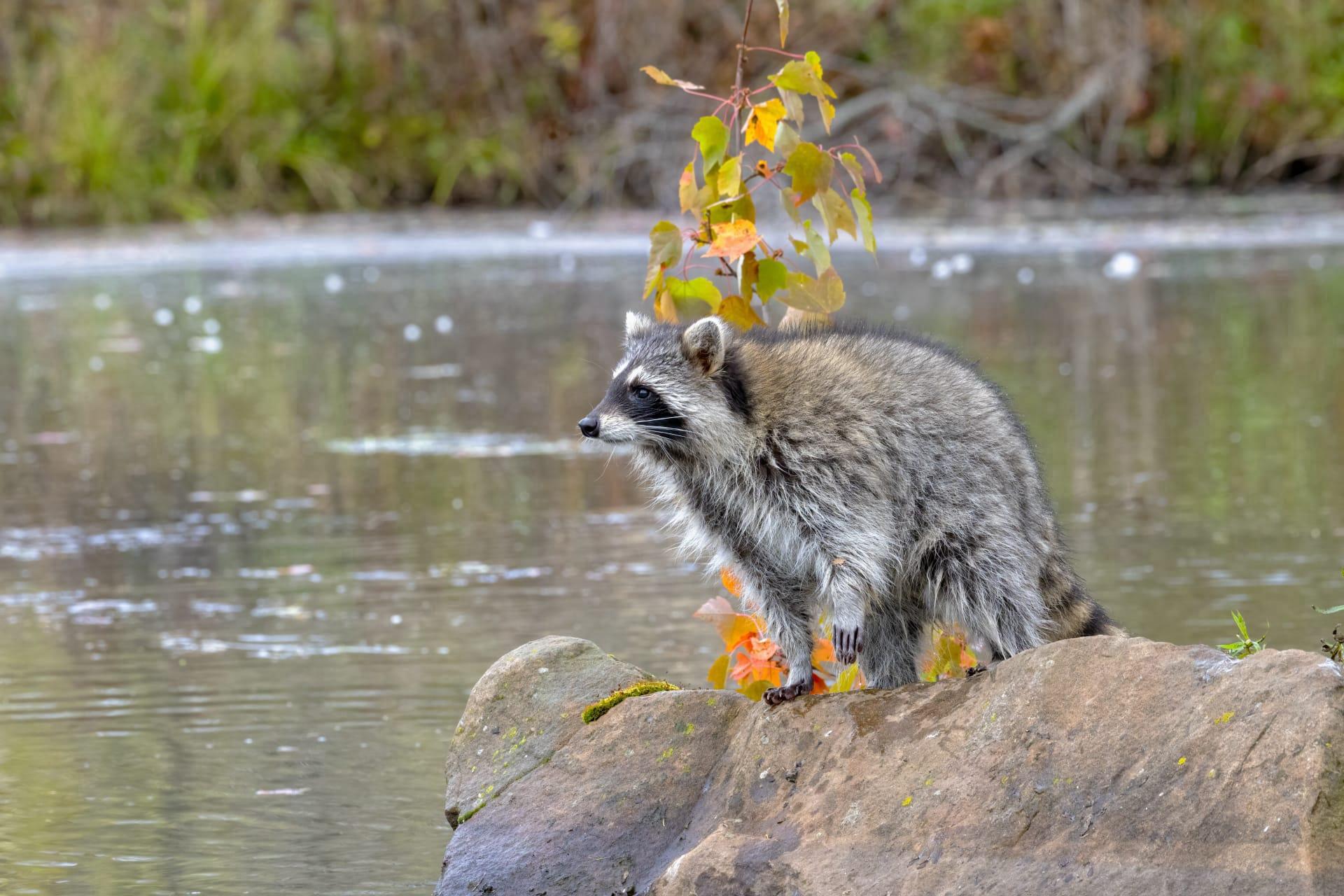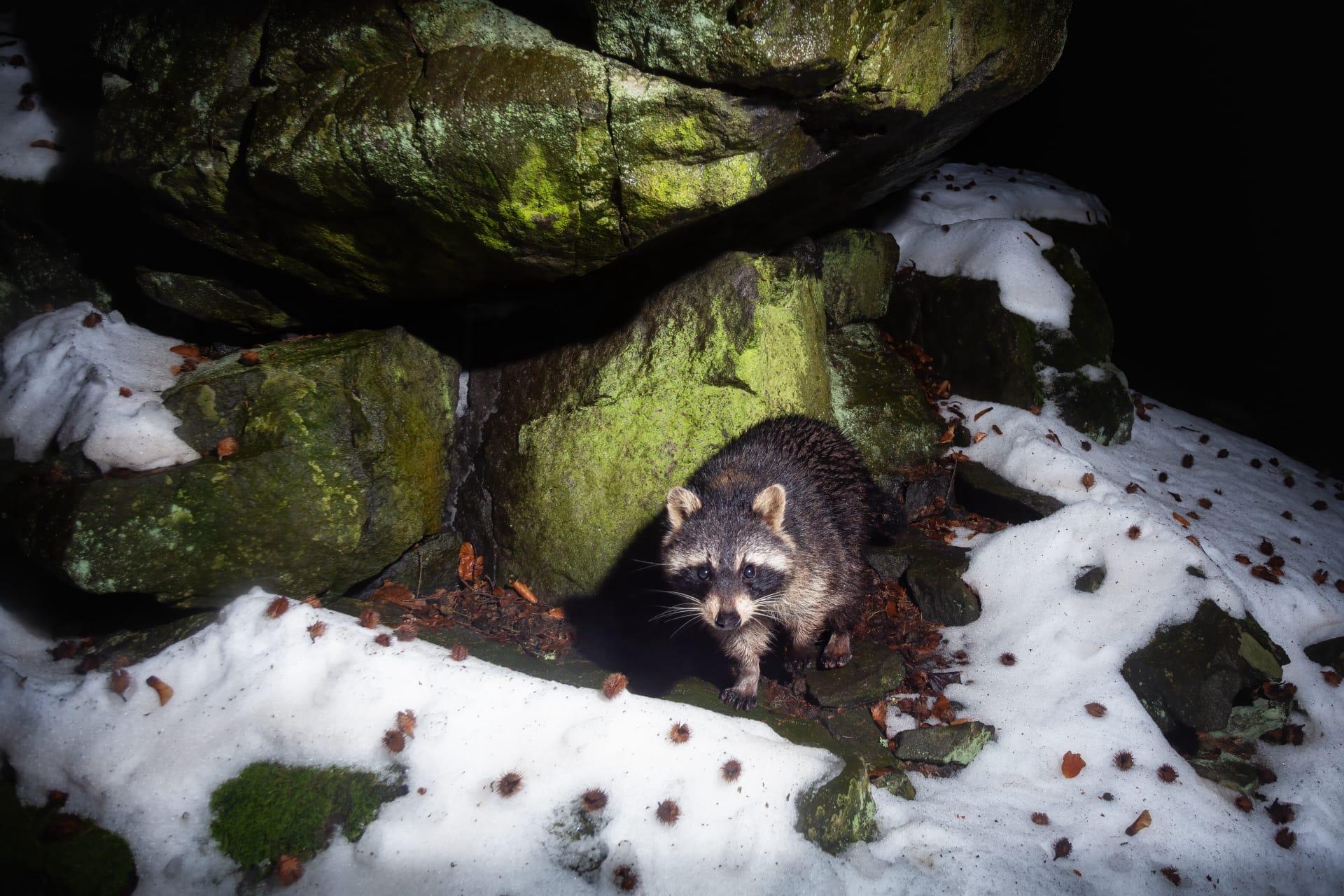Raccoon Trivia
- Home /
- Trivia Question /
- Animal /
- Raccoon Trivia
1
Question: What unique physical feature makes raccoons particularly adept at opening jars and doors?
Answer: Raccoons have highly dexterous front paws with five fingers, almost like human hands. This dexterity, combined with a heightened sense of touch, enables them to manipulate objects and open containers, including jars and doors. They lack opposable thumbs, yet their nimbleness is comparable to that of primates.
Question: How do raccoons adapt to urban environments?
Answer: Raccoons are incredibly adaptable and have thrived in urban areas. They use their intelligence and dexterity to navigate complex environments, exploit human waste as a food source, and find shelter in attics or under decks. Their adaptability is evident in their diverse diet, ranging from fruits to insects, and their ability to remember the locations of reliable food sources.

2
Question: Is it true that raccoons wash their food before eating?
Answer: This is a common misconception. Raccoons don't actually "wash" their food. They are seen dipping food in water, but this behavior is believed to be linked to their natural instinct to search for food underwater. The water helps enhance their sense of touch, giving them a better understanding of what they're about to eat.
Question: Do raccoons hibernate during winter?
Answer: Raccoons do not truly hibernate. They experience a period of dormancy known as torpor during extreme cold or food scarcity, where they sleep more and reduce activity. However, they will wake and forage for food during warmer periods or when they need nourishment.

3
Question: How long do raccoons live in the wild versus in urban areas?
Answer: In the wild, raccoons typically live 2 to 3 years, primarily due to predation and disease. In contrast, urban raccoons can live up to 5 years or more, as they face fewer natural predators and have access to abundant food sources, although they face risks from vehicles and human conflicts.
Question: Can raccoons communicate with each other?
Answer: Yes, raccoons communicate using a variety of sounds, including hisses, growls, and purrs. They also use body language and scent marking. Vocal communication is especially important during mating season and between mothers and their kits.

4
Question: What is the size range of raccoons?
Answer: Adult raccoons typically weigh between 10 to 30 pounds (4.5 to 13.6 kilograms) and measure about 20 to 28 inches (50 to 70 centimeters) in body length, with a tail adding another 8 to 12 inches (20 to 30 centimeters). Size can vary greatly depending on habitat and food availability.
Question: Are raccoons solitary or social animals?
Answer: Raccoons are generally solitary, but they can exhibit social behaviors. They may gather in shared feeding areas and females often raise their kits in communal dens. Social structures tend to be more fluid, with raccoons interacting more during certain seasons or in abundant food situations.

5
Question: What challenges do raccoons face in their habitat?
Answer: Raccoons face various challenges, including habitat loss due to urbanization, vehicular accidents, and exposure to diseases like rabies and distemper. In urban areas, they also face risks from human-wildlife conflicts, leading to trapping or poisoning.
Question: How do raccoons impact their ecosystem?
Answer: Raccoons play a significant role in their ecosystem. They help control pest populations and disperse seeds through their omnivorous diet. However, in some areas, they can negatively impact wildlife, such as predating on bird nests and competing with other native species for food.